There has been a "slow-motion" disaster unfolding over the past 70 years at one of Russia's most secretive sites.
Ozersk, codenamed City 40, was the birthplace of the former Soviet Union's nuclear weapons program at the dawn of the Cold War.
On the surface, it was a clean modern city that boasted good housing, spacious parks and high quality schools to attract the country's top nuclear scientists.
READ MORE: Robots, crypto and hits on your wallet: Report flags trends for 2022
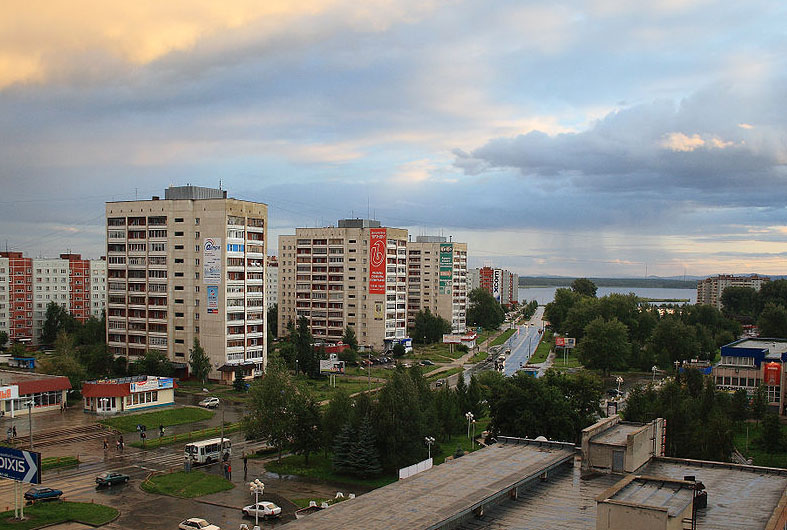
And its purpose was seen as so important that Russian authorities effectively hid it from the rest of the country and the world.
But while, the work of Ozersk's army of scientists developing Russia's plutonium supplies was cloaked in secrecy, its environmental impact proved harder to contain.
Today its legacy of radiation pollution has earned Ozersk the title 'Graveyard of the Earth'.
Building Russia's nuclear shield
Ozersk's origins can be traced to the US dropping atomic bombs on the Japanese cities of Hiroshima and Nagasaki in 1945 at the end of World War II.
Alarmed at the terrifying new weapon of mass destruction, Russian leader Josef Stalin ordered his scientists to build a nuclear arsenal to combat the American threat.
READ MORE: Ten scenarios that could rock the world in 2022
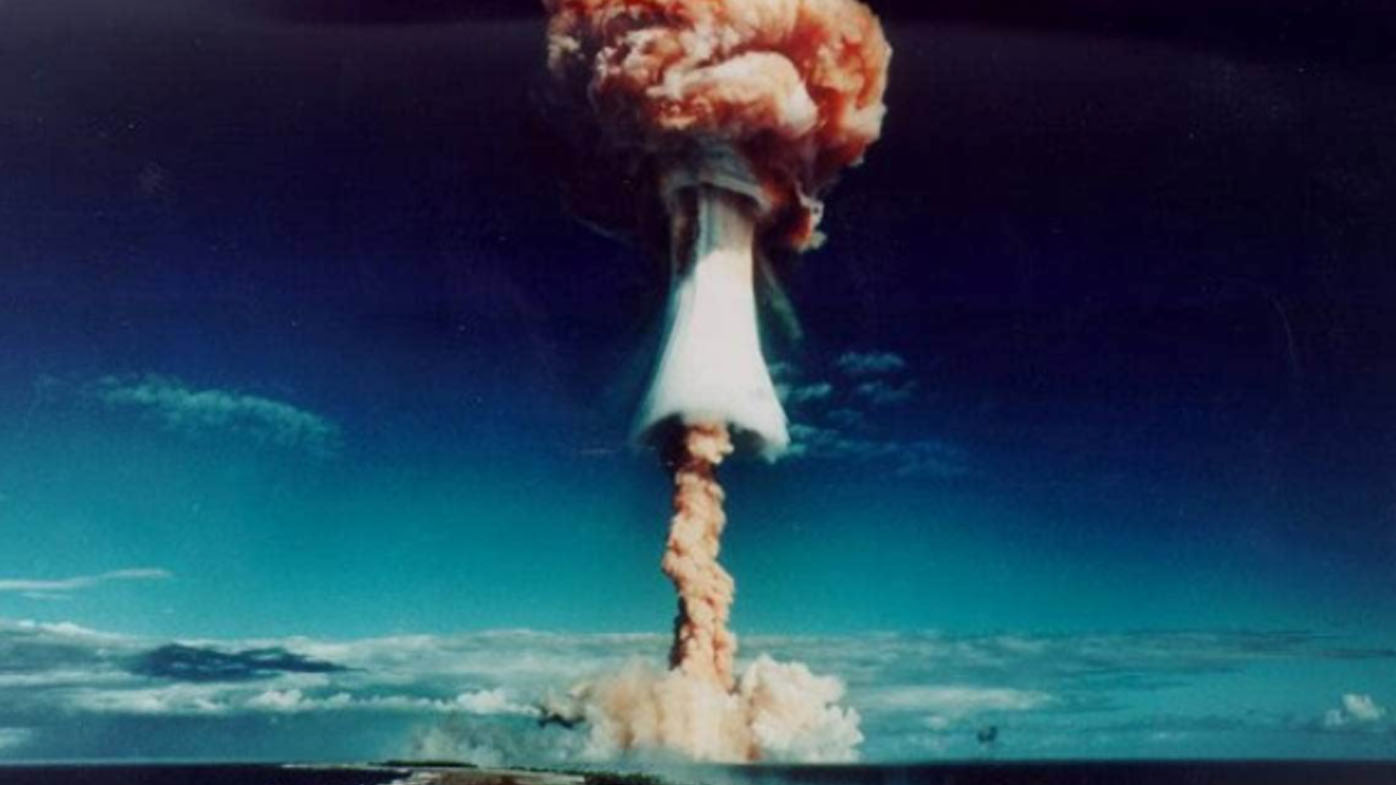
The Mayak plant deep in the Urals was founded in 1948 to develop essential large scale plutonium supplies for the Soviet atomic bomb. The work needed hundreds of workers.
Ozersk was founded nearby, initially as a sort of shanty town of wooden huts to house the workers. But over ensuing yeas, it grew to become a modern city of 100,000 people, with many of its citizens working at the Mayak plant.
'Plutopias'
US environmental historian Kate Brown has described Ozersk and its counterpart nuclear cities in the US as "Plutopias", a merging of the words plutonium and utopia.
Professor Brown, who wrote Plutopia: Nuclear Families, Atomic Cities, and the Great Soviet and American Plutonium Disasters, told Nine.com.au that Ozersk residents were the envy of most Russians.
"When I wrote about plutopia, I mean by that special, limited-access cities exclusively for plutonium plant operators who were well paid and lived comfortably. The people who lived in them were 'chosen'," Professor Brown said.
READ MORE: UK general warns risk of accidental war with Russia
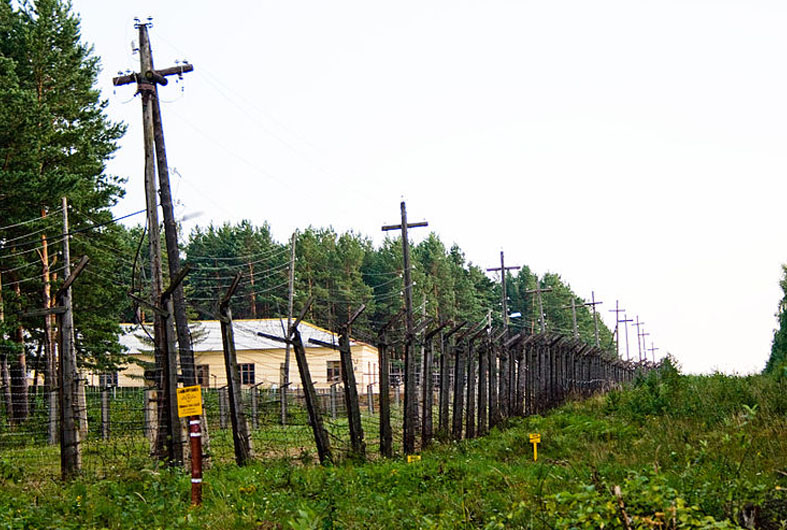
"The plutonium cities such as Ozersk provided wonderful opportunities because not only was the housing very cheap and the wages very good, but the schools were good."
But in Cold War Russia this all came at the price of intrusive security and curbs on personal freedom.
Ozersk did not appear on maps and its citizens were struck from the national census.
Residents were even forbidden to contact families and friends for up to years.
And for decades, the city was ringed by barbed wire fences and guard posts and entry was strictly controlled.
'Lake of Death'
Professor Brown said both the Russians and American governments were prepared to cut corners in their dash to develop an edge in nuclear weapons.
And in 1957 one of the cooling systems at the Mayak plant, near Ozersk, failed, causing one of the tanks that contained the plant's nuclear waste to overheat and explode.
While there were no casualties from the blast itself, more than 20 million curies of nuclear waste were swept up by the wind and scattered around the nearby countryside.
The full effects of the Mayak radiation release and other incidents took years, even decades to become fully apparent, Professor Brown said.
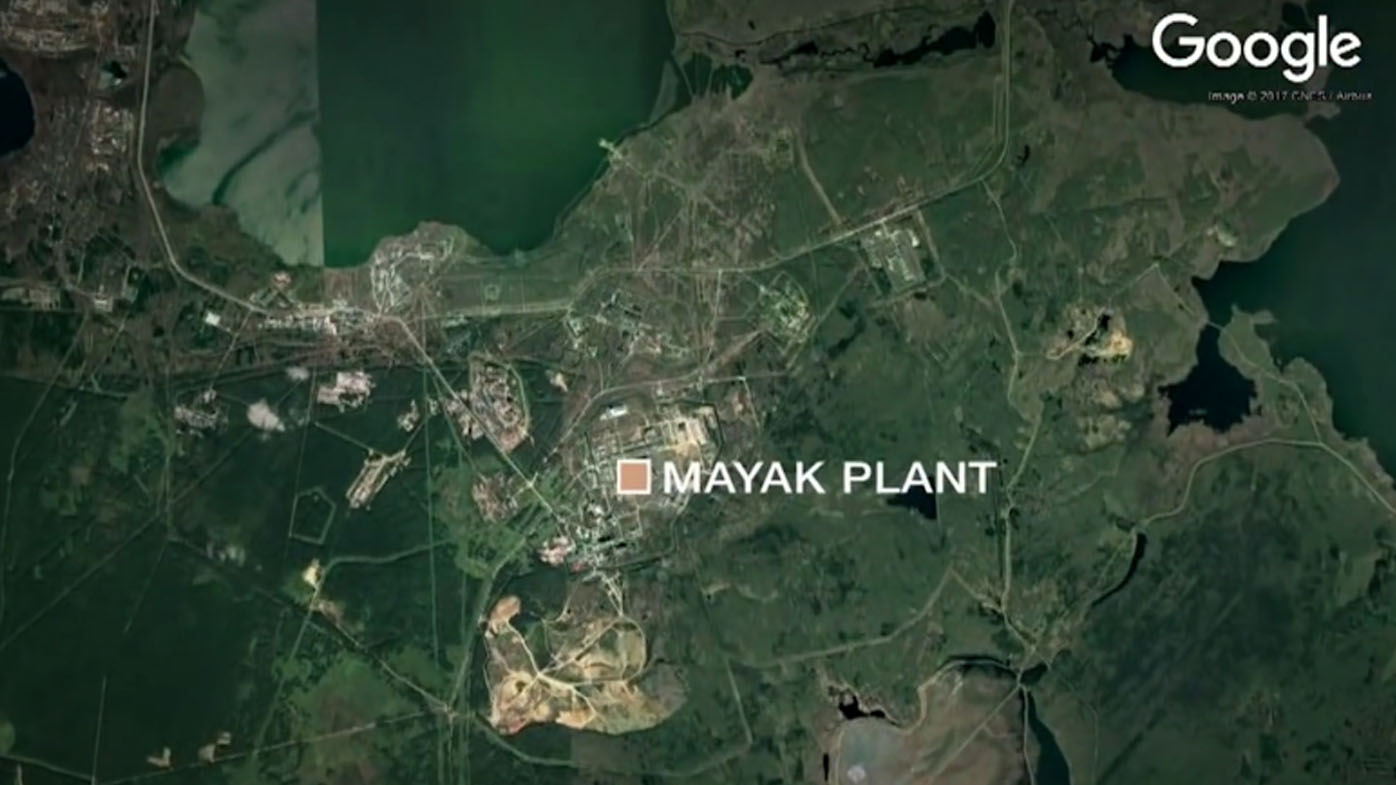
"The plutonium disasters were not big, explosive overnight affairs. They were slow-motion disasters that occurred over four decades," she said.
Officials from the Mayak plant also ordered the dumping of its waste into nearby lakes and rivers, which flow into the the Arctic Ocean.
Prof Brown said one of the lakes near Mayak has been so heavily contaminated by plutonium that local people have renamed it the 'Lake of Death'.
'Cover up'
The scale of the pollution was hushed up by Russian authorities for decades.
"Thanks to exhaustive efforts by the Soviet government and the already secretive nature of the location, for a long time, no one outside of the Ozersk area was even aware that it happened.
"It wasn't until renegade Soviet scientists exposed the cover-up in the 1970s that scientists started to grasp the extent of the disaster."
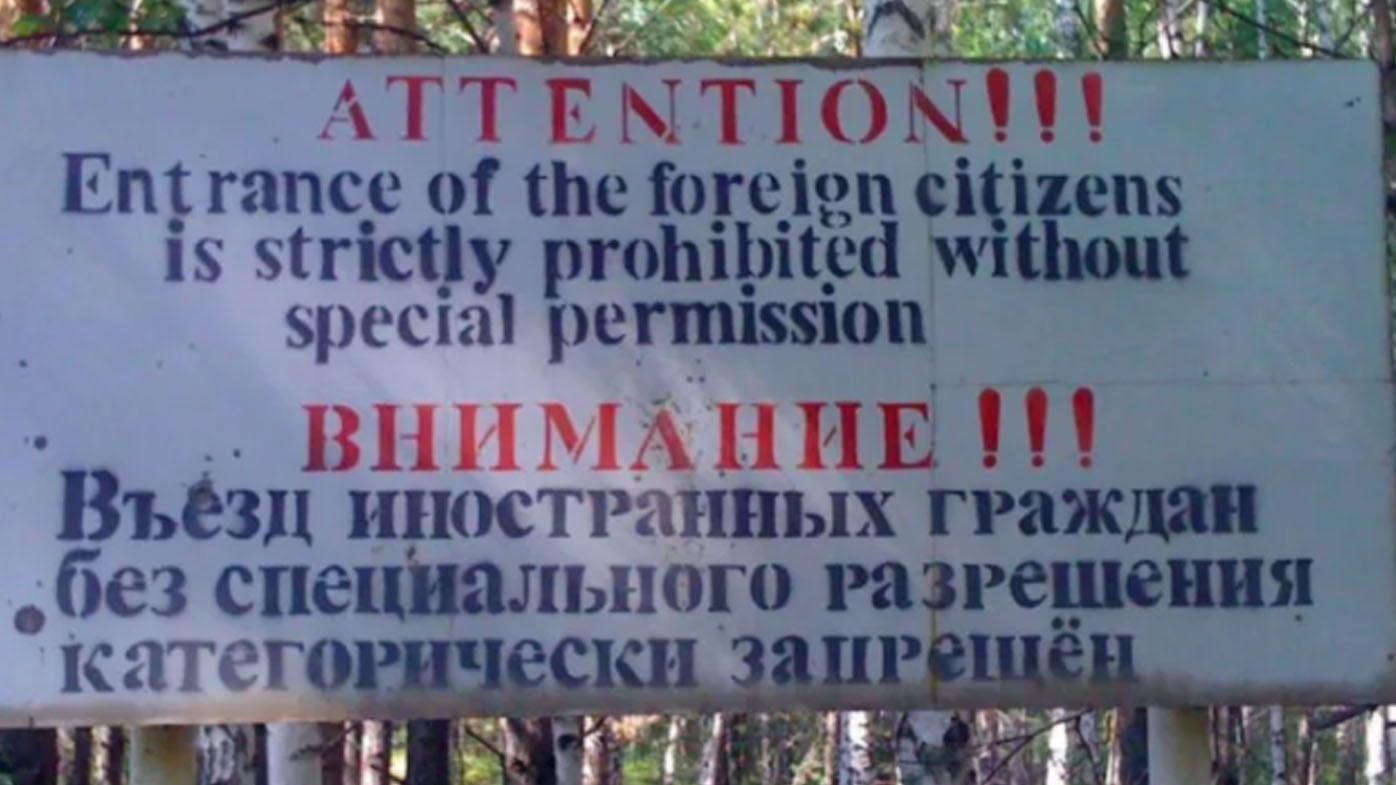
Radioactive spills have also happened at other secret Russian military and industry sites.
In August 2019 a brief spike in radioactivity was recorded following a mysterious and deadly explosion at the Russian navy's testing range in Nyonoksa on the White Sea.
The explosion killed two servicemen and five nuclear engineers.
Campaigners expose contamination
Today the Mayak plant now serves the more peaceful purpose of reprocessing spent radioactive fuel.
In Ozersk many restrictions have been eased, with residents free to leave when they want.
But the city is still surrounded by thick walls and guard fences, and entry by outsiders is strictly controlled by government officials.
And while efforts have been made to clean up the environment, radiation pollution remains a threat to the health of residents.
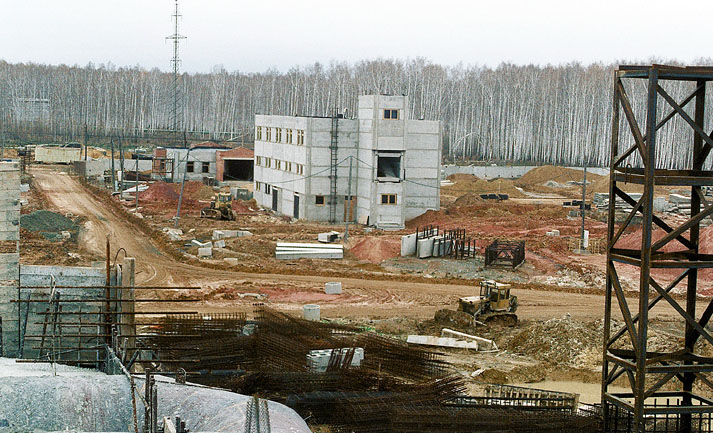
A recent study showed that Ozersk residents are more than twice as likely to develop lung, liver, and skeletal cancers and far more likely to experience chronic radiation syndrome.
Prof Brown says Russian environmental activists still face threats and persecution for exposing the radiation levels.
"They've paid a heavy price in terms of prosecution by the state and receiving threats of fines and even jail," she said.
"But they were determined to expose what really was disaster by design."
